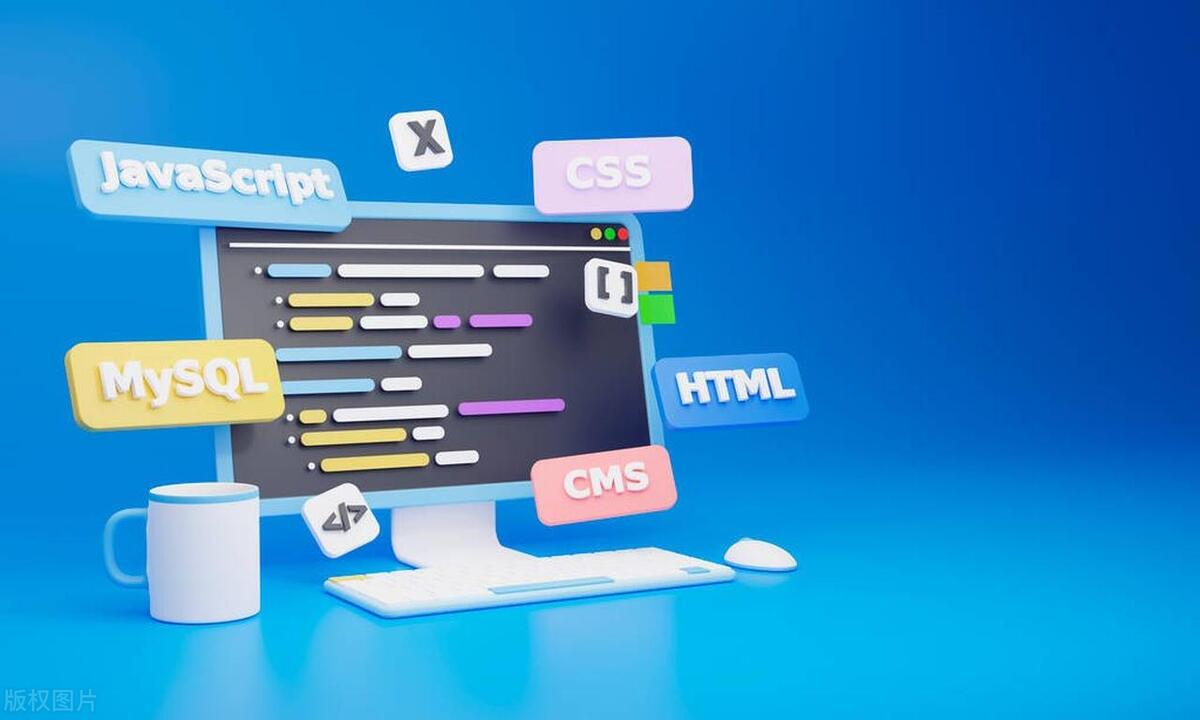To upgrade from Vue 2 to Vue 3, first ensure all dependencies are compatible with Vue 3 by checking for updated versions or alternatives, especially Vuex 4 and Vue Router 4. 1. Use the Vue 3 compatibility build (vue-compat) if needed to allow gradual migration while retaining Vue 2 features temporarily. 2. Migrate components incrementally, starting with less critical ones, updating directives, removing filters, adjusting template syntax, and refactoring mixins into Composition API functions. 3. Update build tools by switching to Vite or updating Vue CLI plugins, ensuring Babel and ESLint configs are current, and updating package.json dependencies accordingly.

Upgrading from Vue 2 to Vue 3 isn’t a one-click process, but it’s manageable if you take it step by step. Vue 3 brings performance improvements, better TypeScript support, and the Composition API, which makes code more maintainable — especially in larger apps.

Here's how to approach the migration without breaking everything along the way.

Check Your Dependencies First
Before touching your own code, make sure all the libraries and plugins you rely on are compatible with Vue 3. Some older packages might still be built for Vue 2 and could cause issues during or after the upgrade.
- Start by checking the official documentation or GitHub repos of each dependency.
- Look for version numbers — many Vue 3-ready packages have a v3.x release or mention Vue 3 compatibility in their README.
- If a package hasn’t been updated yet, look for alternatives or reach out to the maintainer to see if there’s a timeline for Vue 3 support.
If you're using Vuex or Vue Router, those also have updated versions (Vuex 4 and Vue Router 4) that work with Vue 3, so update them accordingly.

Use the Vue 3 Compatibility Build (If Needed)
Vue 3 includes a compatibility build (vue-compat) that allows most Vue 2 code to run with minimal changes. This is super useful if you’re not ready to refactor everything at once.
- Install
vue@next-compatinstead of the regular Vue 3 package. - This lets you keep using Vue 2-style options API, filters, and some deprecated features while gradually upgrading components.
- Keep in mind: this is meant as a temporary solution. You should aim to fully migrate to Vue 3 patterns eventually.
This approach works well for large apps where a full rewrite isn’t feasible right away.
Migrate Components Gradually
You don’t need to convert all components at once. Vue allows you to mix Vue 2 and Vue 3 components in the same app when using the compatibility build.
Here’s how to do it:
- Start with less critical components — maybe something like a footer or utility component.
- Convert them to use Vue 3 syntax and test thoroughly.
- Once confident, move on to more central parts of your app.
When converting, pay attention to:
- Changes in directives (especially custom ones)
- Filters are removed — replace them with methods or computed properties
- Template syntax differences (e.g.,
<template v-for></template>now requires a key on the same element)
Also, if you’re using mixins, consider refactoring them into Composition API functions — this can help reduce duplication and improve readability.
Update Build Tools and Configurations
Vue CLI doesn’t officially support Vue 3 anymore — it’s recommended to use Vite for new projects or upgrades.
- If you're using Vue CLI, you'll need to install the Vue 3 plugin:
@vue/cli-plugin-babeland@vue/cli-plugin-typescriptmight need updates too. - If possible, create a new Vite project and gradually move files over — this often saves time in the long run.
- Make sure your Babel and ESLint configs are up to date to avoid confusing errors.
Don’t forget to check your package.json — update Vue, Vue Router, and Vuex to their latest versions that support Vue 3.
That’s basically how you move from Vue 2 to Vue 3 without getting stuck. It’s not overly complicated, but it does require careful planning and testing. Take it piece by piece, test often, and you’ll get there smoothly.
The above is the detailed content of Migrating from Vue 2 to Vue 3 Step-by-Step. For more information, please follow other related articles on the PHP Chinese website!

Hot AI Tools

Undress AI Tool
Undress images for free

Undresser.AI Undress
AI-powered app for creating realistic nude photos

AI Clothes Remover
Online AI tool for removing clothes from photos.

Clothoff.io
AI clothes remover

Video Face Swap
Swap faces in any video effortlessly with our completely free AI face swap tool!

Hot Article

Hot Tools

Notepad++7.3.1
Easy-to-use and free code editor

SublimeText3 Chinese version
Chinese version, very easy to use

Zend Studio 13.0.1
Powerful PHP integrated development environment

Dreamweaver CS6
Visual web development tools

SublimeText3 Mac version
God-level code editing software (SublimeText3)

Hot Topics
 How does React handle focus management and accessibility?
Jul 08, 2025 am 02:34 AM
How does React handle focus management and accessibility?
Jul 08, 2025 am 02:34 AM
React itself does not directly manage focus or accessibility, but provides tools to effectively deal with these issues. 1. Use Refs to programmatically manage focus, such as setting element focus through useRef; 2. Use ARIA attributes to improve accessibility, such as defining the structure and state of tab components; 3. Pay attention to keyboard navigation to ensure that the focus logic in components such as modal boxes is clear; 4. Try to use native HTML elements to reduce the workload and error risk of custom implementation; 5. React assists accessibility by controlling the DOM and adding ARIA attributes, but the correct use still depends on developers.
 Describe the difference between shallow and full rendering in React testing.
Jul 06, 2025 am 02:32 AM
Describe the difference between shallow and full rendering in React testing.
Jul 06, 2025 am 02:32 AM
Shallowrenderingtestsacomponentinisolation,withoutchildren,whilefullrenderingincludesallchildcomponents.Shallowrenderingisgoodfortestingacomponent’sownlogicandmarkup,offeringfasterexecutionandisolationfromchildbehavior,butlacksfulllifecycleandDOMinte
 What is the significance of the StrictMode component in React?
Jul 06, 2025 am 02:33 AM
What is the significance of the StrictMode component in React?
Jul 06, 2025 am 02:33 AM
StrictMode does not render any visual content in React, but it is very useful during development. Its main function is to help developers identify potential problems, especially those that may cause bugs or unexpected behavior in complex applications. Specifically, it flags unsafe lifecycle methods, recognizes side effects in render functions, and warns about the use of old string refAPI. In addition, it can expose these side effects by intentionally repeating calls to certain functions, thereby prompting developers to move related operations to appropriate locations, such as the useEffect hook. At the same time, it encourages the use of newer ref methods such as useRef or callback ref instead of string ref. To use Stri effectively
 Vue with TypeScript Integration Guide
Jul 05, 2025 am 02:29 AM
Vue with TypeScript Integration Guide
Jul 05, 2025 am 02:29 AM
Create TypeScript-enabled projects using VueCLI or Vite, which can be quickly initialized through interactive selection features or using templates. Use tags in components to implement type inference with defineComponent, and it is recommended to explicitly declare props and emits types, and use interface or type to define complex structures. It is recommended to explicitly label types when using ref and reactive in setup functions to improve code maintainability and collaboration efficiency.
 How to handle forms in Vue
Jul 04, 2025 am 03:10 AM
How to handle forms in Vue
Jul 04, 2025 am 03:10 AM
There are three key points to be mastered when processing Vue forms: 1. Use v-model to achieve two-way binding and synchronize form data; 2. Implement verification logic to ensure input compliance; 3. Control the submission behavior and process requests and status feedback. In Vue, form elements such as input boxes, check boxes, etc. can be bound to data attributes through v-model, such as automatically synchronizing user input; for multiple selection scenarios of check boxes, the binding field should be initialized into an array to correctly store multiple selected values. Form verification can be implemented through custom functions or third-party libraries. Common practices include checking whether the field is empty, using a regular verification format, and displaying prompt information when errors are wrong; for example, writing a validateForm method to return the error message object of each field. You should use it when submitting
 Server-Side Rendering with Next.js Explained
Jul 23, 2025 am 01:39 AM
Server-Side Rendering with Next.js Explained
Jul 23, 2025 am 01:39 AM
Server-siderendering(SSR)inNext.jsgeneratesHTMLontheserverforeachrequest,improvingperformanceandSEO.1.SSRisidealfordynamiccontentthatchangesfrequently,suchasuserdashboards.2.ItusesgetServerSidePropstofetchdataperrequestandpassittothecomponent.3.UseSS
 A Deep Dive into WebAssembly (WASM) for Front-End Developers
Jul 27, 2025 am 12:32 AM
A Deep Dive into WebAssembly (WASM) for Front-End Developers
Jul 27, 2025 am 12:32 AM
WebAssembly(WASM)isagame-changerforfront-enddevelopersseekinghigh-performancewebapplications.1.WASMisabinaryinstructionformatthatrunsatnear-nativespeed,enablinglanguageslikeRust,C ,andGotoexecuteinthebrowser.2.ItcomplementsJavaScriptratherthanreplac
 What is content security policy CSP
Jul 04, 2025 am 03:21 AM
What is content security policy CSP
Jul 04, 2025 am 03:21 AM
Content Security Policy (CSP) prevents attacks such as XSS by limiting the loading source of web page resources. Its core mechanism is to set a whitelist to prevent unauthorized scripts from being executed. The steps to enable include: 1. Define the policy and clarify the allowed resource sources; 2. Add Content-Security-PolicyHTTP header to the server; 3. Use Report-Only mode to test and debug in the initial stage; 4. Continuous monitoring and optimization strategies to ensure that they do not affect normal functions. Notes include handling inline scripts, careful use of third-party resources, compatibility support, and other irreplaceable security measures.






